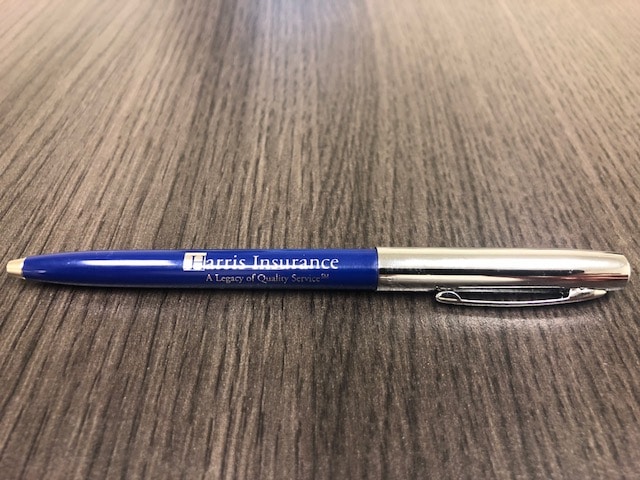
Self-Insured Retention
Businesses use different types of risk transfer mechanisms. A familiar mechanism is a policy deductible. The self-insured retention (SIR) is an option as well, and firms often use it along with various insurance policies. Worker’s compensation, general liability, and auto liability policies work well with a SIR.
This provision on insurance policies has proved decisive for businesses and clients looking to save money on insurance premiums. What exactly does self-insured retention entail?
What is Self-Insured Retention?
The self-insured retention is a specific dollar amount in a liability insurance policy. Before the insurance policy can take care of any damage, defense or loss, the insured needs to pay this clearly defined amount.
Once the insured achieves the self-insured retention limit, the insurer can then take care of the remaining damage; ideally the defense and indemnity costs. The insurer, as is common with different insurance policies, will only pay for what the specific plan covers.
How does it work?
For a start, evaluate the liability risks that your business is predisposed to. Find out how much a massive single loss may cost. The maximum amount should help you find an estimate for the SIR limit.
Depending on what your firm can comfortably take care of in damages will help determine your self-retention limit. Your insurer will be under no obligation to pay for losses that do not exceed this limit.
Once you figure out that amount, you’ll need to set up a fund that provides for any losses within the SIR. The terms of the insurance contract will determine what type of fund is required. As you create the fund, keep in mind the maximum amount of damages you anticipate during the insurance period. You may incur numerous small losses that accrue and exceed the funds you set aside. Such a situation will inevitably lead to losses and those costs will be on you. The best way is to set up a substantial fund that will take care of any eventuality.
For an SIR that includes claims expenses, you’ll have to adjust claims time and again. A third-party administrator should come in handy at this point. Some insurers opt to do this on their own, but they’ll probably ask you to pay for the claim expenses.
As you set up the SIR, you can opt for an each-occurrence limit or per claim limit depending on the needs of your business. In case you anticipate a situation where your firm will incur numerous claims during this period, you could include an aggregate limit to protect the business.
Should you choose self-insured retention?
A self-insured retention is an excellent option for a business that is keen on retaining some risk. It comes with the provision to decide the type of risks you would like to keep. You’ll also need to determine how much money you want to associate with the retained risks.
Mid-size and large employers are best placed to use self-insured retention. Such employers are better placed to cover the costs of significant losses using cash at hand. Self-Insured retention may not be the best option for small business owners due to the out of pocket costs involved.
What does the law have to say?
A good number of states have put in place specific requirements that businesses have to meet before they can use an SIR. Companies with auto liability insurance, for example, need to own a particular number of vehicles.
Besides such limitations, state laws also expect businesses to prove that they are financially able to incur the set limits out of pocket. A cheque deposit or evidence of the required cash should do in this case. This can depend on the terms of the insurance contract as well.
In some instances, the business may have to secure excess auto liability insurance to get approval for the SIR. The law also doesn’t allow business owners to use a SIR in place of an insurance policy.
Although many states have no problem with the use of self-insurance mechanisms, some states are still reluctant on this form of insurance. States that have legalized self-insured retention or a deductible ask employers to buy excess workers compensation insurance.
A self-insurance certificate which you can secure from the state workers compensation authority is also a necessity in most instances. Insurers, on the other hand, will often ask for a letter of credit or surety bond to ascertain the financial security of the business.
The letter of credit verifies that even bankruptcy won’t keep the employer from paying claims. Banks, which you entrust with these funds, issue such letters of credit.
Self-insured retention Vs. Deductibles
Most businesses often confuse insurance policies with the self-insured retention provision with those with the provision of deductibles. In the latter case, the insurer takes care of the indemnity and defense costs that are part of the claim. The insured individual will then compensate the insurer of the deductible payments.
Are there any benefits?
Businesses get to enjoy numerous benefits with an SIR, top on the list being the remarkable savings on insurance premiums. Instead of using insurance premiums to pay for losses in advance, an SIR allows you to pay for them as they occur. You may end up with improved cash flow.
A self-insured retention will also keep you on guard to prevent losses. Given that you’ll have to pay in cash, you will have more incentive to reduce their occurrences.
With a self-insured retention provision, your business also gets to enjoy more control when you have to handle a claims adjustment process. If a dispute ensues, you have the right to contest the SIR claim in a court of law. Such opportunities can save you loads of cash.
Conclusion
A self-insured retention provision is an excellent option for business owners who have the financial muscle to foot the costs that come along. Contact us today for further consultation on your business’ insurance needs!




